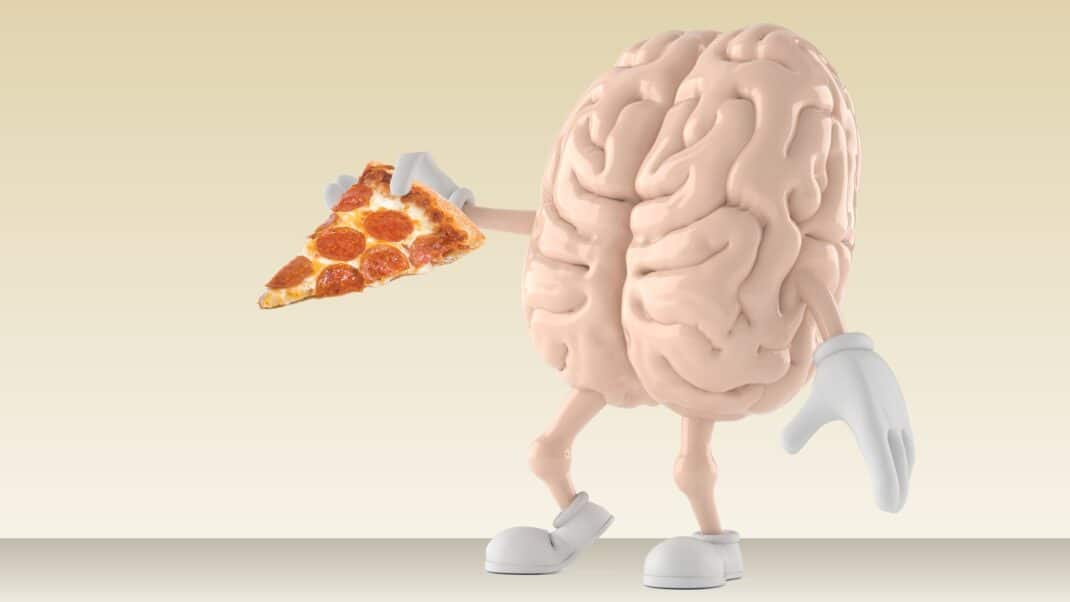Gym Memberships Pay Off

Many people who want to join gyms are skeptical that it will actually help them reach their fitness goals. A 2017 study from Iowa State University may assuage those doubts—and help gyms to convert more browsers into buyers. According to the research, published in PLOS ONE (2017; http://dx.doi.org/10.1371/jour
nal.pone.0170471), gym members tend to have significantly higher levels of strength and cardiorespiratory fitness and are generally more active than nonmembers.
Researchers studied the exercise habits, strength capacities, cardiorespiratory fitness levels and other health outcomes of 204 gym members and 201 nonmembers. Measurements included resting blood pressure and heart rate, waist circumference, height, weight and physical activity levels. Study subjects also completed a health history questionnaire.
Participants qualified as gym members if they had possessed a membership for at least 1 month. Nonmembers were those who had not owned a membership for at least 3 months.
Here's what the study found:
- Seventy-five percent of gym members, as opposed to 18% of nonmembers, met physical activity guidelines for strength and cardiorespiratory fitness.
- Compared with nonmembers, gym members spent on average 5.8 hours per week being more aerobically active and 1.4 hours per week less being sedentary. Gym members also did more strength training each week.
Additionally, gym members had
- lower odds of being obese
- smaller waist circumference—about 1.5 inches less for men, with a similar trend in women
- lower resting heart rate—
by about 5 beats compared with nonmembers - higher cardiorespiratory fitness (a measure that includes heart strength, lung function, blood circulation and muscle mass)
Health benefits were even greater for people who had been gym members longer than a year, according to
Duck-Chul Lee, assistant professor of kinesiology and an author of the study.
The researchers cautioned that this was a cross-sectional study and therefore could not lead to cause-and-effect conclusions. They said, however, that based on the data, purchasing a gym membership would seem to be a good investment for someone wanting to improve a variety of health and fitness factors.
"With the declining average monthly fee for health club membership and the increasing support from employers and insurance companies, this study supports the notion that promoting physical activity at a health club could be an effective public health strategy for health promotion and potential health care cost reduction," they suggested.
Ryan Halvorson
Ryan Halvorson is an award-winning writer and editor, and IDEA's director of event programming.






